High-Energy Particles Emanating from Within the Milky Way Unveiled through a Neutrino Image of Our Galaxy
“The Night Sky’s Spectacular Display: Our Majestic Milky Way Galaxy, Visible as a Radiant Band of Stars Spanning the Horizon.”
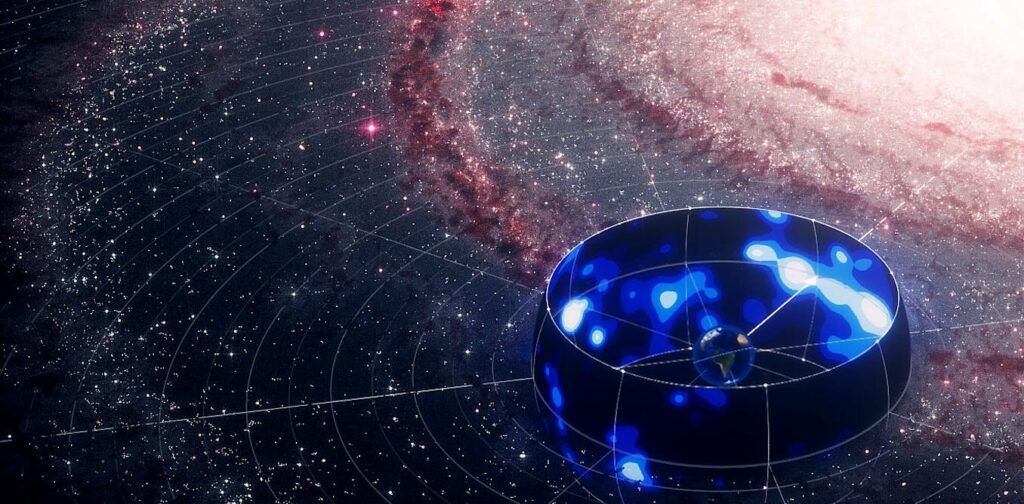
In the latest edition of the journal Science, on June 29th, the IceCube Collaboration, a global team comprising over 350 scientists, unveils compelling proof of high-energy neutrino emissions originating from within the Milky Way. Although the precise origins of these particles within our galaxy remain a mystery, this discovery propels us closer to uncovering the enigmatic realms that exist within the most extreme environments of our cosmic home.
Neutrino astronomy
Neutrinos provide astronomers with an unparalleled perspective of the universe, as they possess the ability to traverse unimpeded from regions where other forms of radiation or particles are unable to escape. This unique characteristic renders neutrinos highly captivating to researchers, as they act as a gateway to exploring the extraordinary cosmic environments that give rise to another particle variant known as cosmic rays.
Cosmic rays, which are energetic particles pervading our cosmos, pose a challenge in terms of identifying their precise origins. Being electrically charged, cosmic rays encounter disruptions in their trajectory due to the presence of magnetic fields, rendering it nearly impossible to determine their source by the time they reach Earth.
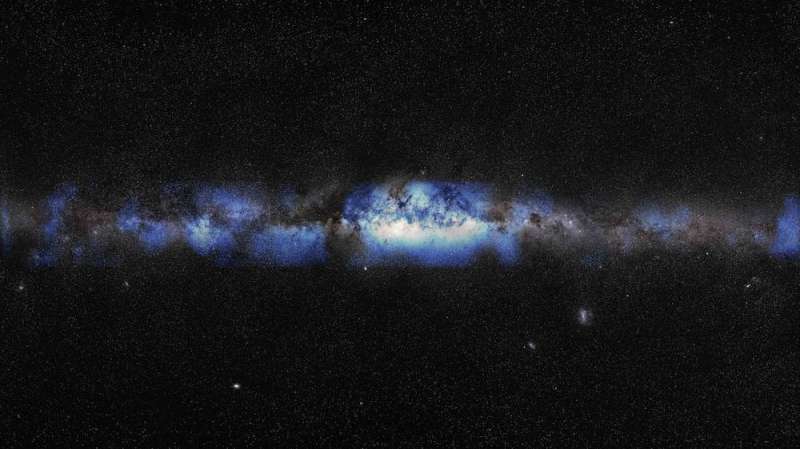
Nonetheless, the cosmic environments responsible for propelling cosmic rays to extraordinary levels of energy also generate neutrinos, which possess the advantage of being electrically neutral and therefore travel along predictable paths. Consequently, by tracing the trajectory of neutrinos reaching Earth, we can discern the origin points where these neutrinos were originally generated.
However, the detection of these elusive neutrinos presents a considerable challenge.
How to hunt neutrinos
Situated in close proximity to the South Pole, the IceCube Neutrino Observatory spans a substantial area and utilizes over 5,000 light sensors meticulously arranged within a cubic kilometer of untouched Antarctic ice. Its primary objective is to scour the cosmos, both within our galaxy and beyond, for indications of high-energy neutrinos.
Earth is incessantly traversed by an immense influx of neutrinos, yet only an infinitesimal fraction of them interact with matter during their passage.
Each interaction between a neutrino and its surroundings generates a minuscule burst of light, and it is precisely these faint luminous signals that the IceCube sensors diligently monitor. By analyzing the quantity and pattern of detected light, it becomes possible to ascertain the direction and energy of the neutrino involved.
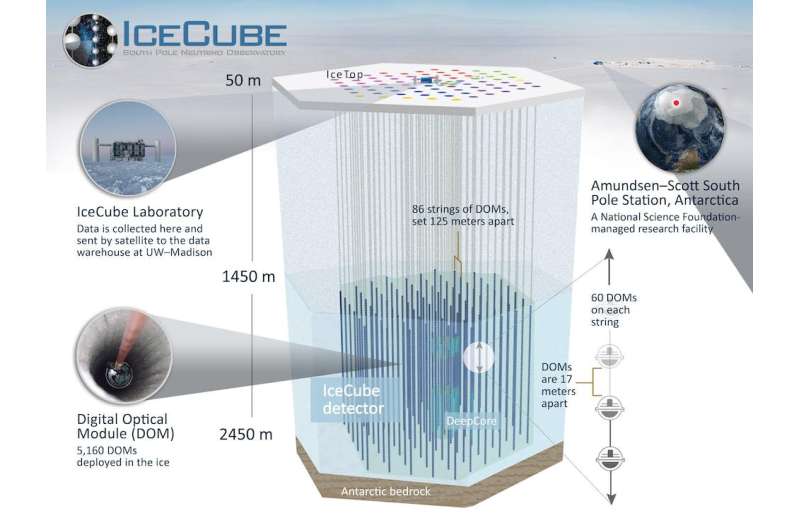
IceCube has previously succeeded in detecting high-energy neutrinos originating from celestial sources beyond the confines of the Milky Way. However, the task of isolating lower-energy neutrinos arising from within our own galaxy has proven more challenging.
This difficulty arises from the fact that certain light flashes detected by IceCube can be attributed to cosmic rays colliding with Earth’s atmosphere, which give rise to neutrinos as well as other particles known as muons. To distinguish these unwanted signals, researchers at IceCube have developed methods to differentiate between particles generated in the atmosphere and those originating from more distant cosmic regions, based on the distinctive patterns of light they create within the ice.
The process of filtering out these undesired detections has enhanced IceCube’s sensitivity to astrophysical neutrinos. The pivotal breakthrough enabling the creation of a neutrino portrait of the Milky Way stemmed from the utilization of machine learning techniques, which improved the identification of cascades of light generated by neutrinos, as well as the accurate determination of their direction and energy.
Closing in on cosmic rays
The newfound neutrino perspective on our galaxy holds the promise of unraveling the elusive whereabouts of the most potent propellers of galactic cosmic rays. Through this endeavor, we aspire to gain insights into the extreme energies these particles can attain, as well as the intricate mechanisms underlying these vigorous cosmic engines.
Regrettably, the precise identification of these accelerators within the expanse of the Milky Way eludes us thus far. The recent analysis conducted by IceCube presented indications of neutrinos originating from expansive regions of our galaxy but failed to discern individual sources.
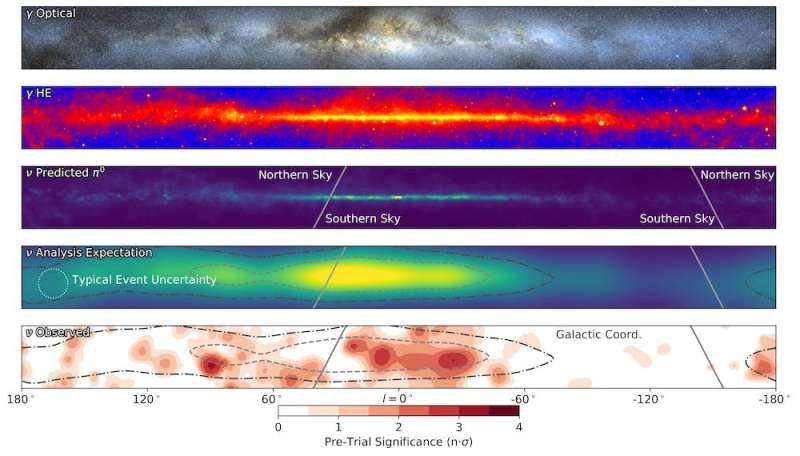
Our team, hailing from the University of Canterbury in New Zealand and the University of Adelaide in Australia, has devised a strategy to advance toward this next phase of discovery. By constructing models that forecast the expected neutrino signals in proximity to potential particle accelerators, we aim to refine our search efforts and focus on specific locations for detecting neutrinos.

Rhia Hewett, an undergraduate student, and Ryan Burley, a Ph.D. student, are jointly investigating pairs of potential accelerators and molecular dust clouds. Their objective is to gauge the quantity of neutrinos generated through interactions between cosmic rays and the clouds, subsequent to the neutrinos’ journey from the accelerators.
The outcomes of their study will facilitate a targeted exploration of the IceCube data, specifically aimed at identifying the origins of neutrino emissions. We firmly believe that this approach will serve as the pivotal gateway to leveraging IceCube’s potential in unraveling the enigmatic workings of the most energetically intense processes transpiring within the Milky Way.
Source:PhysORG
Do not forget to share your opinion with us to provide you with the best posts !



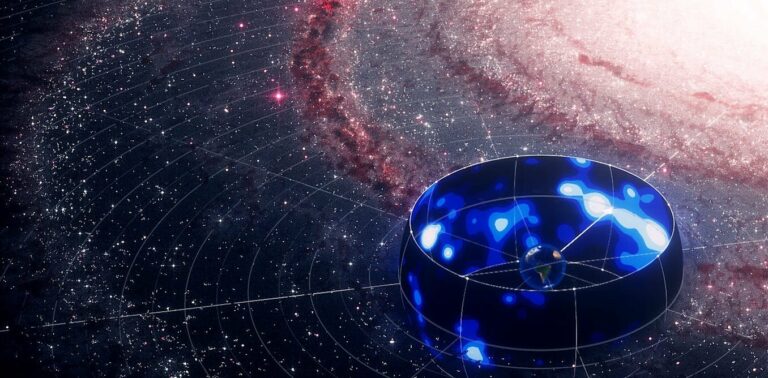
0 Comments